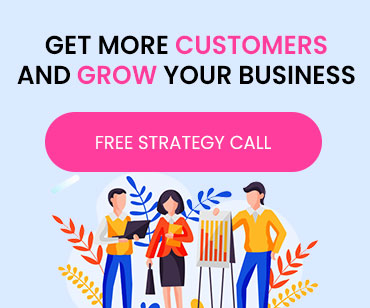In today's digital age, businesses have numerous options for marketing their products and services. Inbound and outbound marketing are two of the most popular strategies, but choosing the best approach will depend on your business goals, target audience, and budget. In this blog post, we'll discuss the differences between inbound and outbound marketing and provide some strategies for making the most of both.
OUTBOUND MARKETING:
- Outbound marketing is also known as traditional marketing. It is a push-based strategy focused on actively reaching out to potential customers.
- Advertising, sales calls, trade shows, and email blasts can do outbound marketing.
- The goal of outbound marketing is to disrupt the customer’s everyday activities and grab their attention.
INBOUND MARKETING:
- Inbound marketing is a pull-based strategy that focuses on attracting customers to your business through content and other forms of online engagement.
- Inbound marketing can be done through blogs, email marketing, search engine optimization (SEO), social media marketing, and branding.
- The idea of inbound marketing is to provide potential customers with information about what they are searching for and increase brand awareness simultaneously.
An effective inbound marketing strategy starts with understanding your target audience and their needs. Once you know this, you can create relevant and valuable content to attract them to your website. Examples of inbound marketing strategies include creating a company blog, offering e-books or whitepapers, hosting webinars, and using social media to engage with customers.
When it comes to inbound digital marketing, it's critical to ensure that your website is optimized for search engines so that potential customers can easily find you. SEO involves using keywords, meta tags, and other elements to ensure your website ranks well in search engine results pages (SERPs). Another way to optimize your inbound marketing strategy is to create a buyer persona, a fictional character that represents your ideal customer. It's an excellent tool for understanding what types of content will resonate with your target audience.
Effective Outbound Marketing Strategies
One critical strategy for effective outbound marketing is audience segmentation. This process involves dividing your target audience into smaller groups. Another effective strategy is retargeting ads, which are shown to people who have previously visited your website or interacted with your business in some way. These ads are highly targeted and can bring customers back to your website.
An inbound marketing agency can help you develop and execute an inbound marketing strategy. These agencies have the experience and expertise to help you create compelling content, optimize your website, and engage with your target audience through social media and other online channels.
Inbound email marketing is another essential component of inbound marketing. It involves using email to connect with potential customers and build relationships. An effective inbound email marketing strategy will include segmenting your email list, personalizing your emails, and using a call-to-action to encourage recipients to take action.
Conclusion
Inbound and outbound marketing strategies are effective for engaging and attracting customers, but it's essential to understand how to use them effectively to achieve the best results. You can create more effective inbound and outbound marketing campaigns by creating a buyer persona, optimizing your website for SEO, segmenting your audience, and using retargeting ads.































